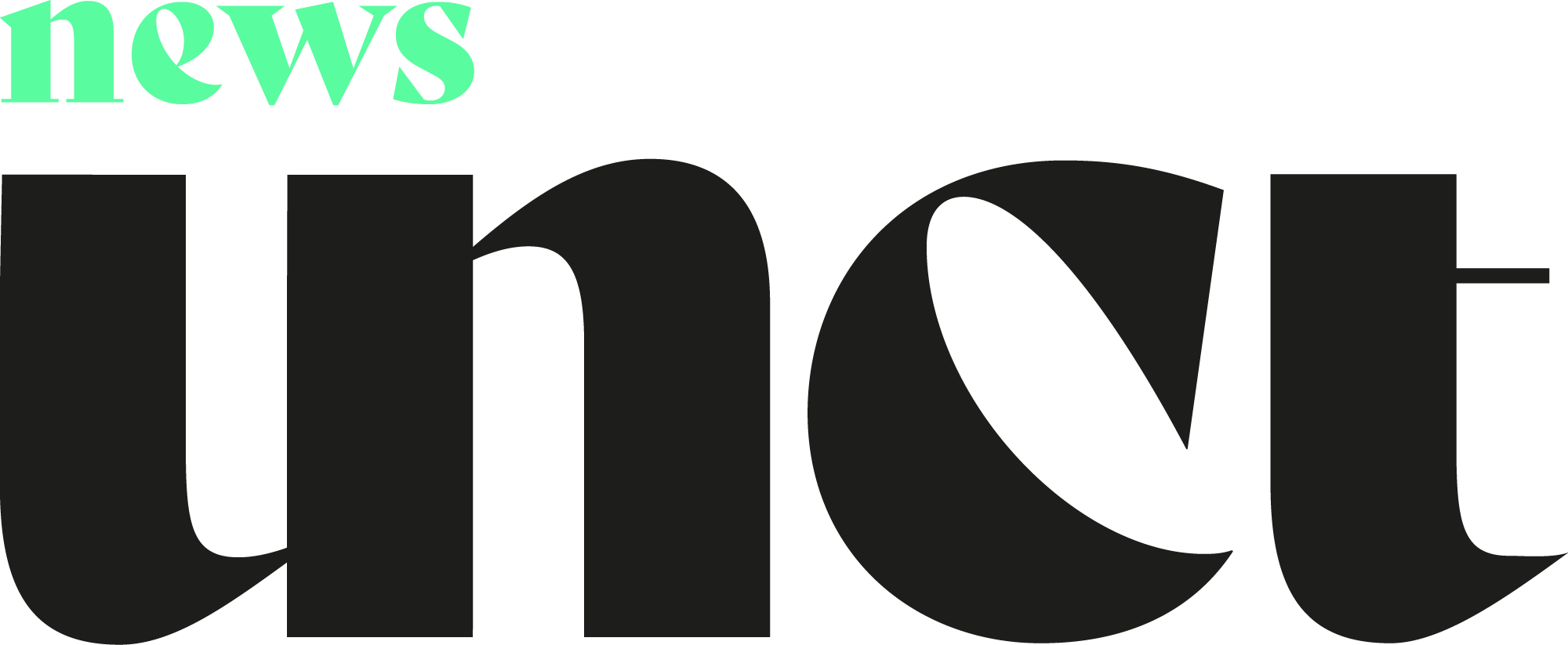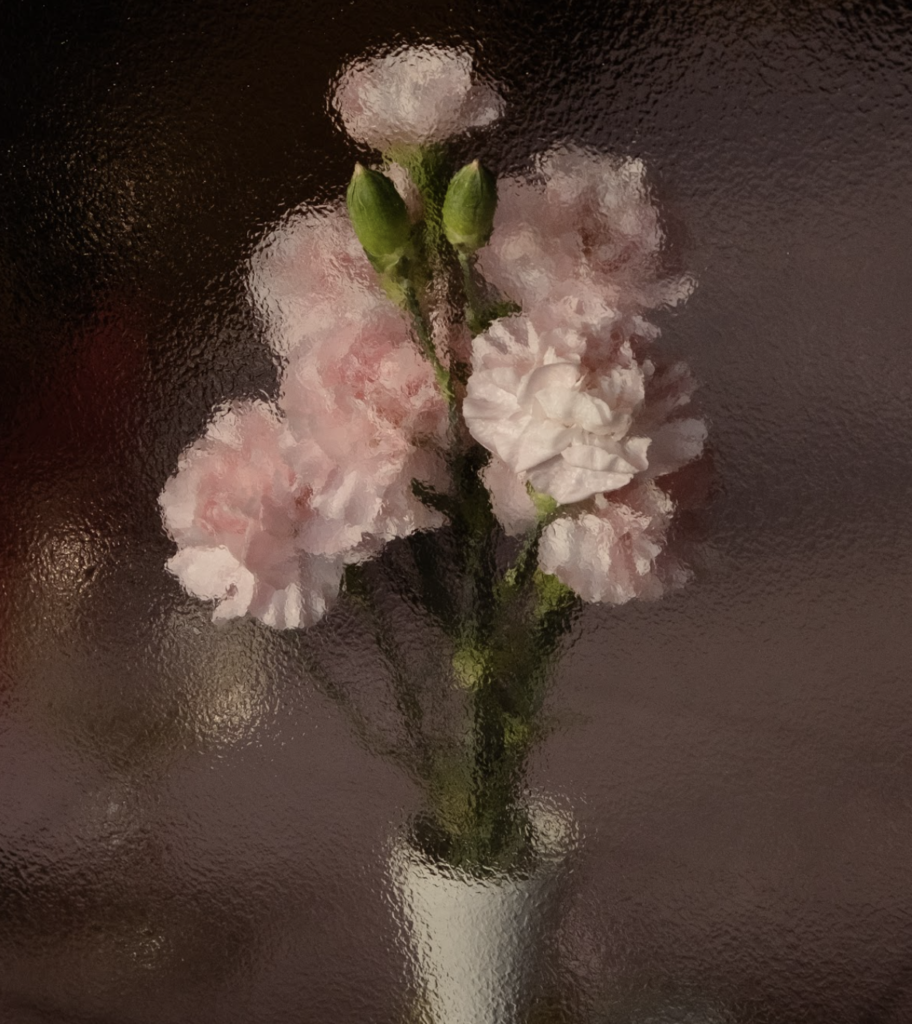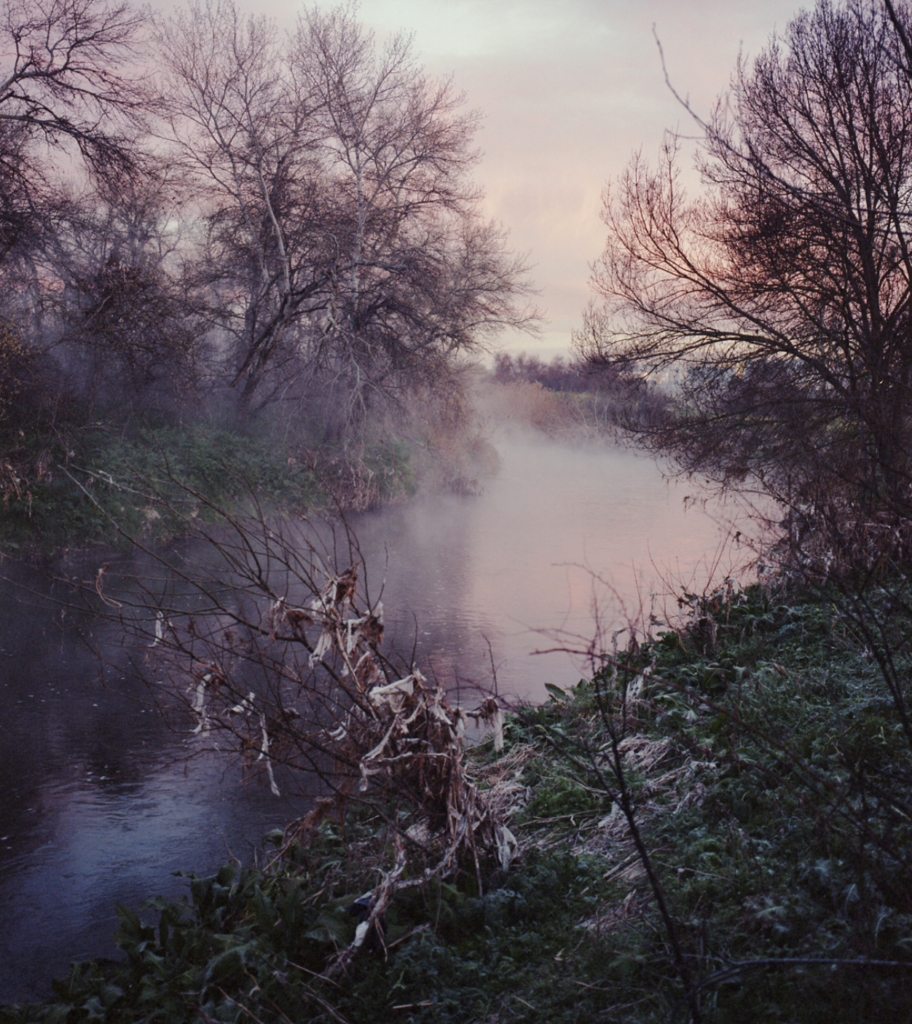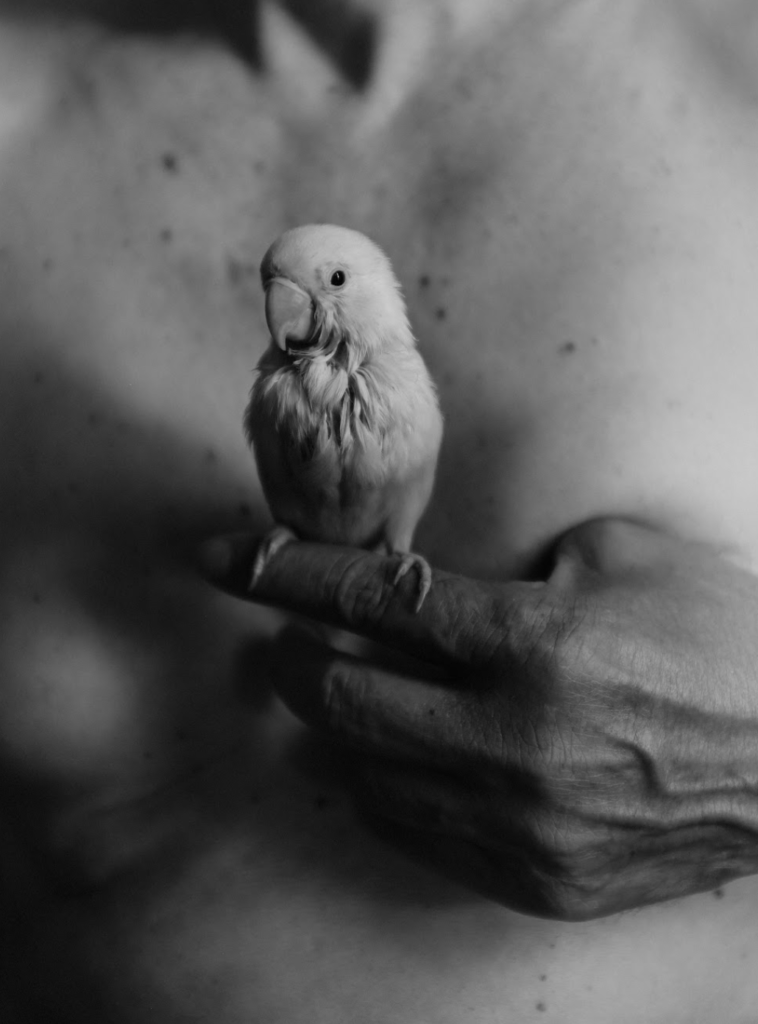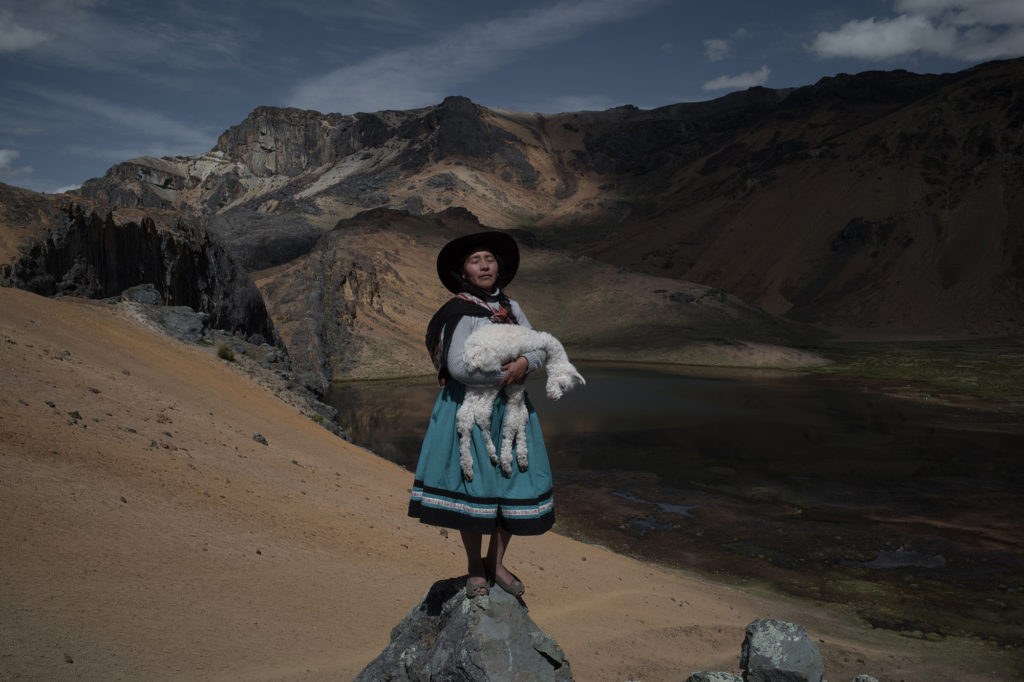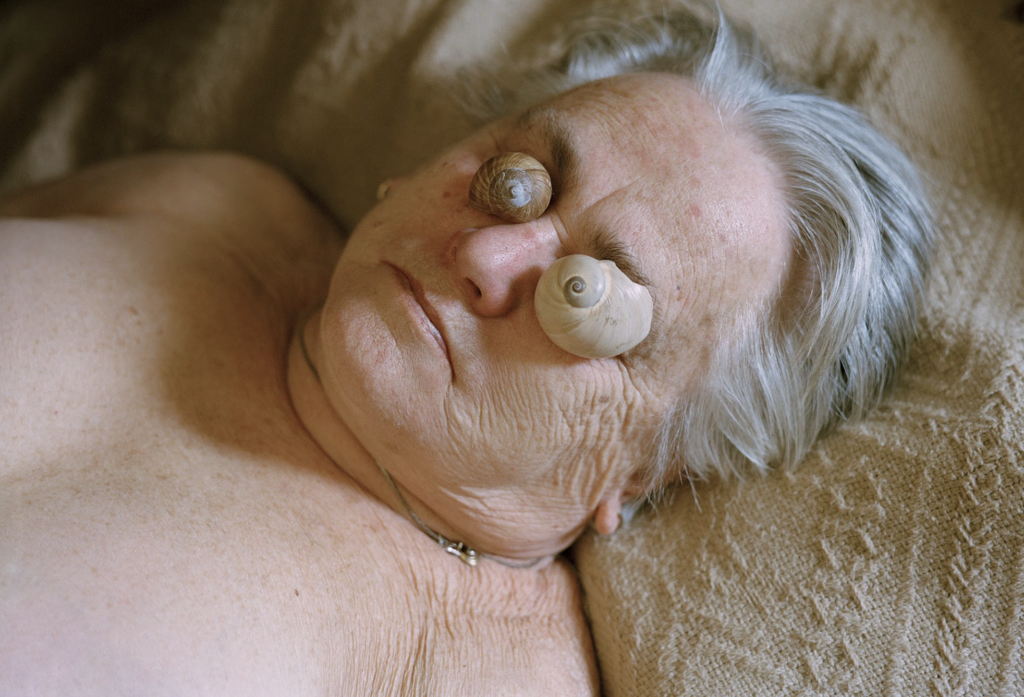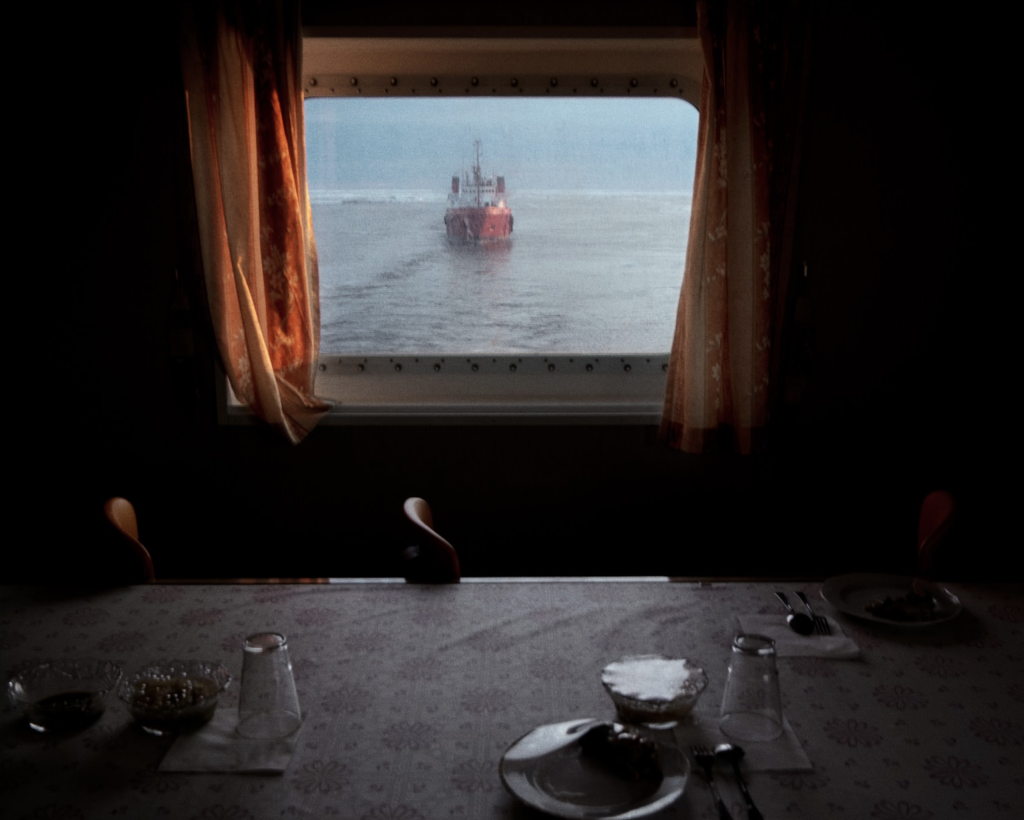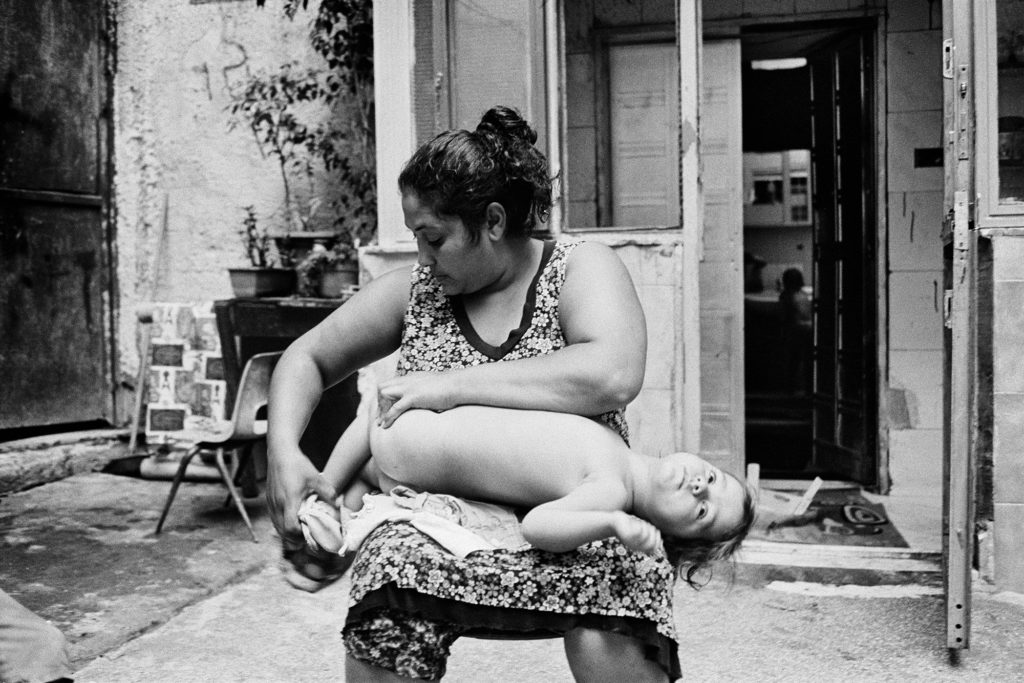The relationship we have with nature is tumultuous at best– despite once working harmoniously alongside the earth, we have since forgotten the values of this relationship and feel disconnected from where we all came from and where we will all return to.
The word nature is something we invented and not something that always existed. The widespread separation of humans from nature in Western culture began with the rise of Judeo-Christian values 2000 years ago. Prior to this point, Pagan belief systems with multiple gods and earth spirits that considered anything sacred, to be found throughout nature, and humanity as thoroughly enmeshed within it, dominated. There was no word for nature, as it permeated and existed in everything, and therefore did not fit the constraints of a name.
The later creation of the word nature demonstrates an understanding of nature as being something fundamentally other than us, something nameable. This is understood as the ‘separation thesis’ – which is the idea that the separation of people, from nature, is impossible as people are part of nature, and therefore cannot be separated from it. This very dualism has created lots of problems for mankind, namely a disconnect from the earth and a decrease in our responsibility to the land.
Discussion about the etymology is important as it provides the foundations for thinking about how we as humans should relate to the rest of nature. The work of the artist photographing in nature demonstrates exactly this. Artists observe and play with this duality, and oftentimes combat it, shifting its perspective into a more universal perspective.
The following works show the beauty of nature untouched, humans’ interaction with it, and seeing humans as a part of nature itself: returning to previously understood notions of unity.
Jack Roe’s Through the Glass (2022) reveals through a dappled glass a flock of pink roses coloured by an afternoon light. On shooting this image, Roe states: “I walk past this window weekly and there’s always a different flower. There is a certain time of day when the afternoon light hits and i’m always compelled to shoot it”. Roe captures this flower in all of her essence without entering the scene, admiring the transient beauty from afar and holding her pose long after her petals drop
Joan Miquel Ramirez Suassi ‘River of no Return’ (2020) similarly shows a scene of unperturbed beauty with delicate rose hues and pink skies that rest peacefully above the river bank. Such a scene, sets itself, and the photographer who captures it quietly, careful not to disturb the balance, becomes a part of the scene itself: forging the separation between subject, and object, man and nature. Moments of more intentional interaction with nature, can be seen in the following works–– photographs of life, death and play: all inherent to the nature, of nature.
Allan Salas ‘Dad and Bird (2021) is a photograph of Salas’ dad holding his mothers bird by his chest, six months after his heart attack. This moment of tenderness elucidates the fragility of life, and of nature. Death is not something we can avoid, and if we are lucky enough to escape its wrath, we return with a greater attention for moments of simplicity and tenderness to all that is living.
Alessandro Cinque’s ‘Alina (2021)’ is a third-generation alpaquera who stands at an altitude of more than 17,000 feet in the Andes of southern Peru, cradling a baby alpaca on her way to the pastures where her families herd of more than 300 animals will graze in summer. This is a custom that has existed for generations. The spirit of reverence lives on in Peru today, bringing respect to all natural habitats, living creatures and cultural traditions.
Tomasz Kawecki ‘s ‘Chimera/ From a Layer Series’ (2020) light heartedly depicts a psychedelic dream of the sea. An interaction with the wonder and whimsical treasures of nature that is centred around play: an aspect that is all too often disregarded within discourses of the outside world.
Davide Monteleone’s ‘Arctic Coordinates #1’ is part of a series made in 2012 during a journey on board a cargo ship the Nordic Odyssey. The ship travelled through the Arctic Sea and the Bering Strait, reaching the shore of China in 32 days with no outside communication throughout the duration of the trip. Monteleone’s photograph captures the shell-like security within the body of a ship, as it looks outward to a sea far greater than itself. The ship the viewer is positioned in, is mirrored back by the ship ahead– both acting as reminders that the ships themselves, and all their many passengers, are guests to a sea far greater than themselves.
Finally, Ciro Battiloro’s ‘Sanità # 16’ (2016) shot in Napoli, shows a mother clad in flowers tending to a child in what appears to be a courtyard. The final return to nature, begins within ourselves. As the child screams to the mother who caresses its head, we remember that it is here, under the dapple of trees that we began, and here, amongst an un-dividable unity, that we will end.

